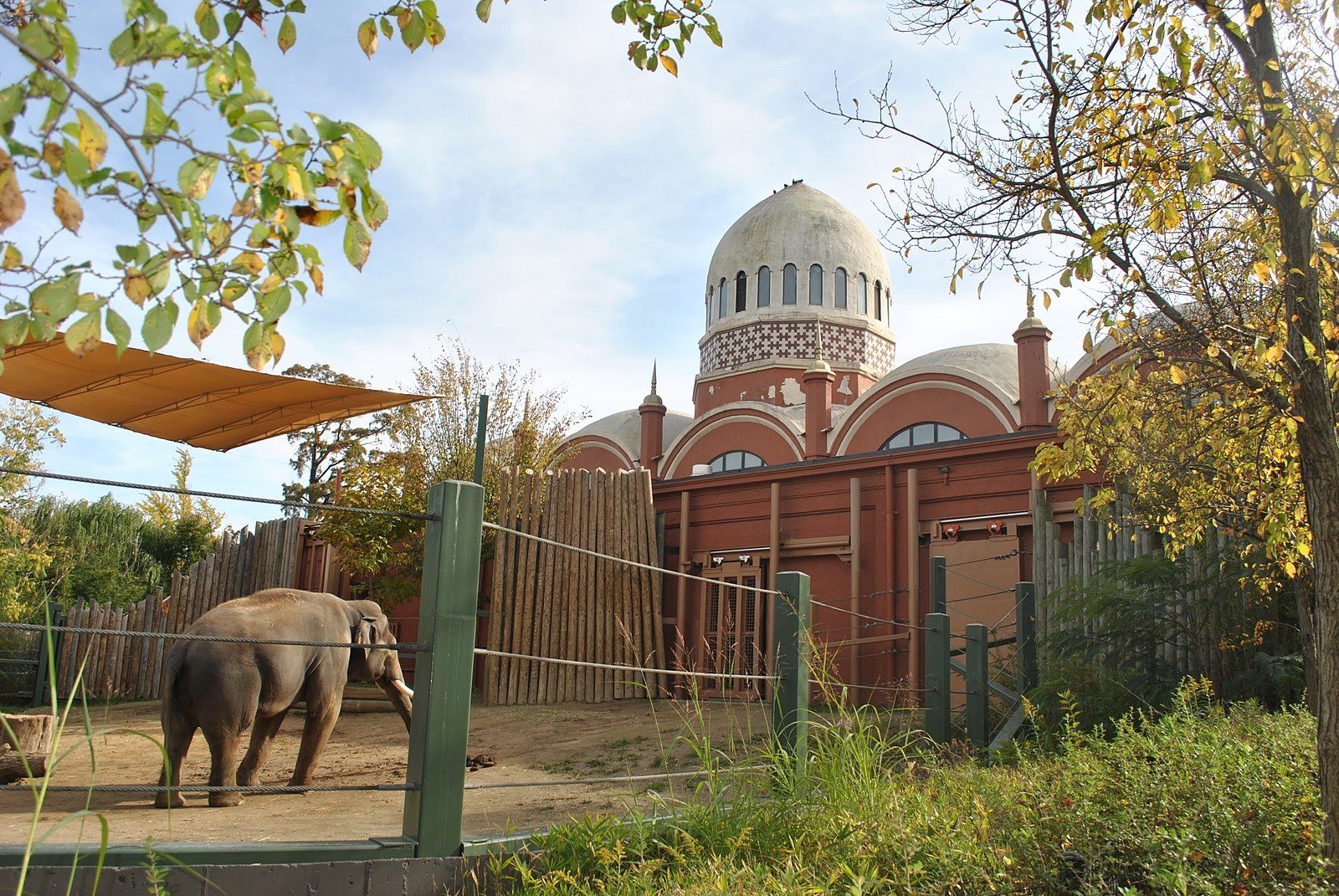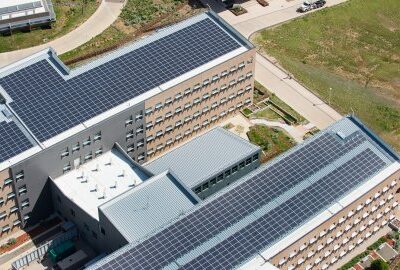In 1875, the Cincinnati Zoo and Botanical Garden opened its doors to the public. Colorful, verdant trees contrasted the iron bars of the cages for the small selection of animals being housed on the newly acquired 65-acre plot in the middle of one of Ohio’s largest cities. Zoos were uncommon, and only one had been opened before 1875. More foreign than the concept of a man-made jungle-forest hybrid to keep animals, was the notion of conservation. Yet, against all skepticism, The Cincinnati Zoo forged ahead.
As the curtain closed on the 19th century, the world and the zoo embraced change. By the 1880s, the zoo began breeding swans and sea lions. In 1889, the first giraffe born in the Western Hemisphere was born inside the Cincinnati Zoo’s gates. In 1906, Elephant House opened.
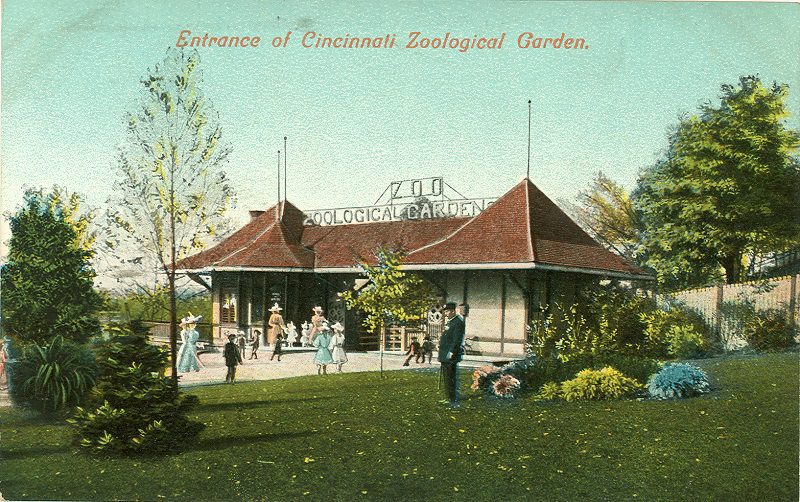
Decade after decade, the zoo exemplified environmental stewardship and defined a new relationship between humans and wildlife. Sustainability and conservation have been a cornerstone of the Cincinnati Zoo for nearly 150 years, and now, their mission is expanding.
In 2010, the world-renowned zoo was named the “Greenest Zoo In America,” and has since received accolades from governmental and non-governmental organizations, including the Ohio Environmental Protection Agency, for their outstanding efforts in conservation.
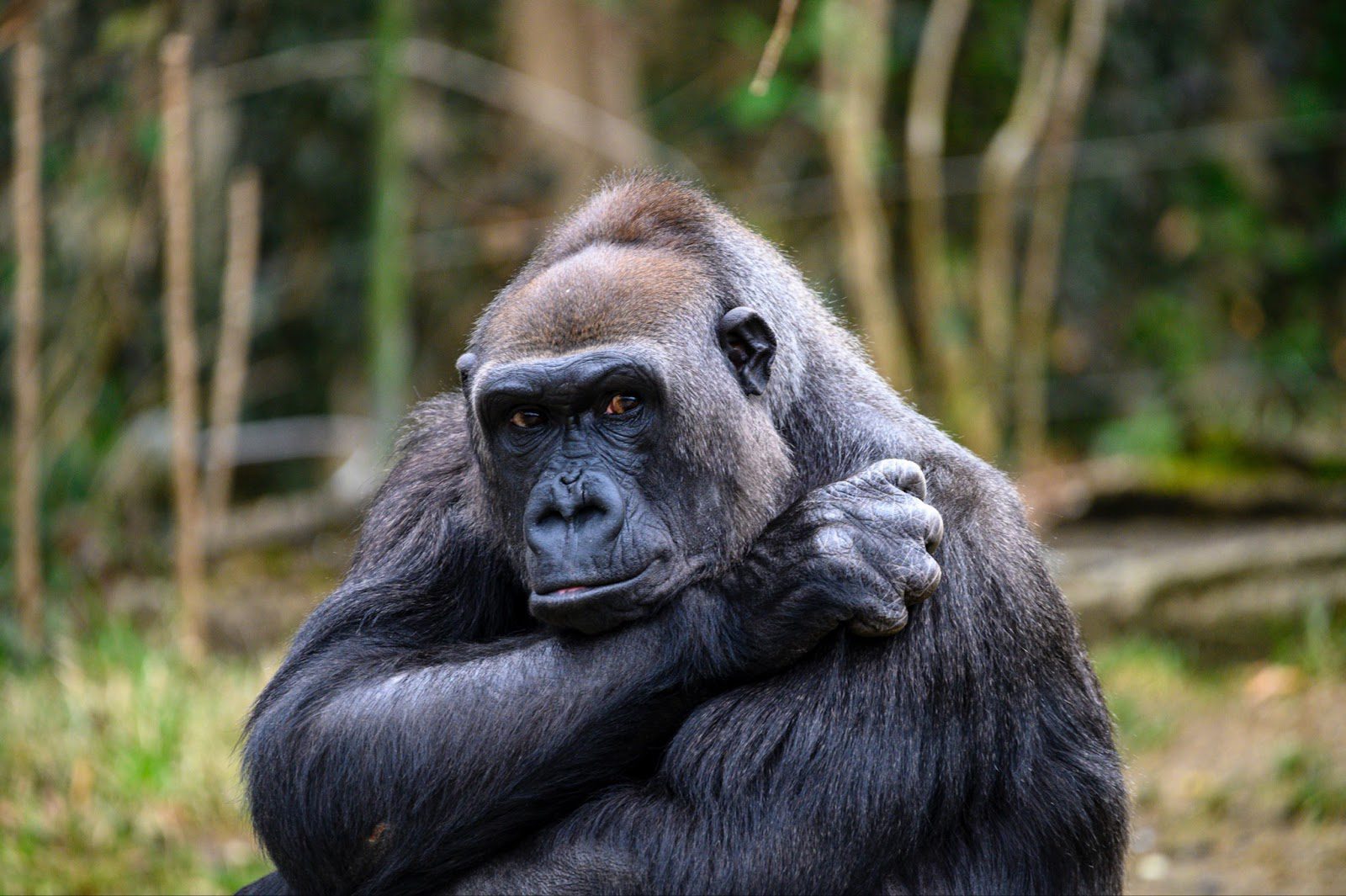
The Zoo and Botanical Garden’s efforts have extended beyond wildlife conservation. Their holistic approach to sustainability is what has truly set them apart. The zoo owns offsite farms sprawling over 600 acres. The zoo has reclaimed wetlands, ensuring their ecosystems’ longevity and worked with the local public school system to create Zoo Academy, a college preparatory program that gives back to the community.
Most notably, the zoo has employed renewable energy across various divisions of the institution, showing the reliability and economic viability of green energy solutions. Using solar, wind and LEED-certified building materials to conserve the energy they create on-site, the zoo has continued to grow, while decreasing its energy usage.
At the zoo, solar panels have become a regular sight and while the panels have added 12 percent in building square footage, it reduces the zoo’s reliance on grid-based electricity by 23 percent.
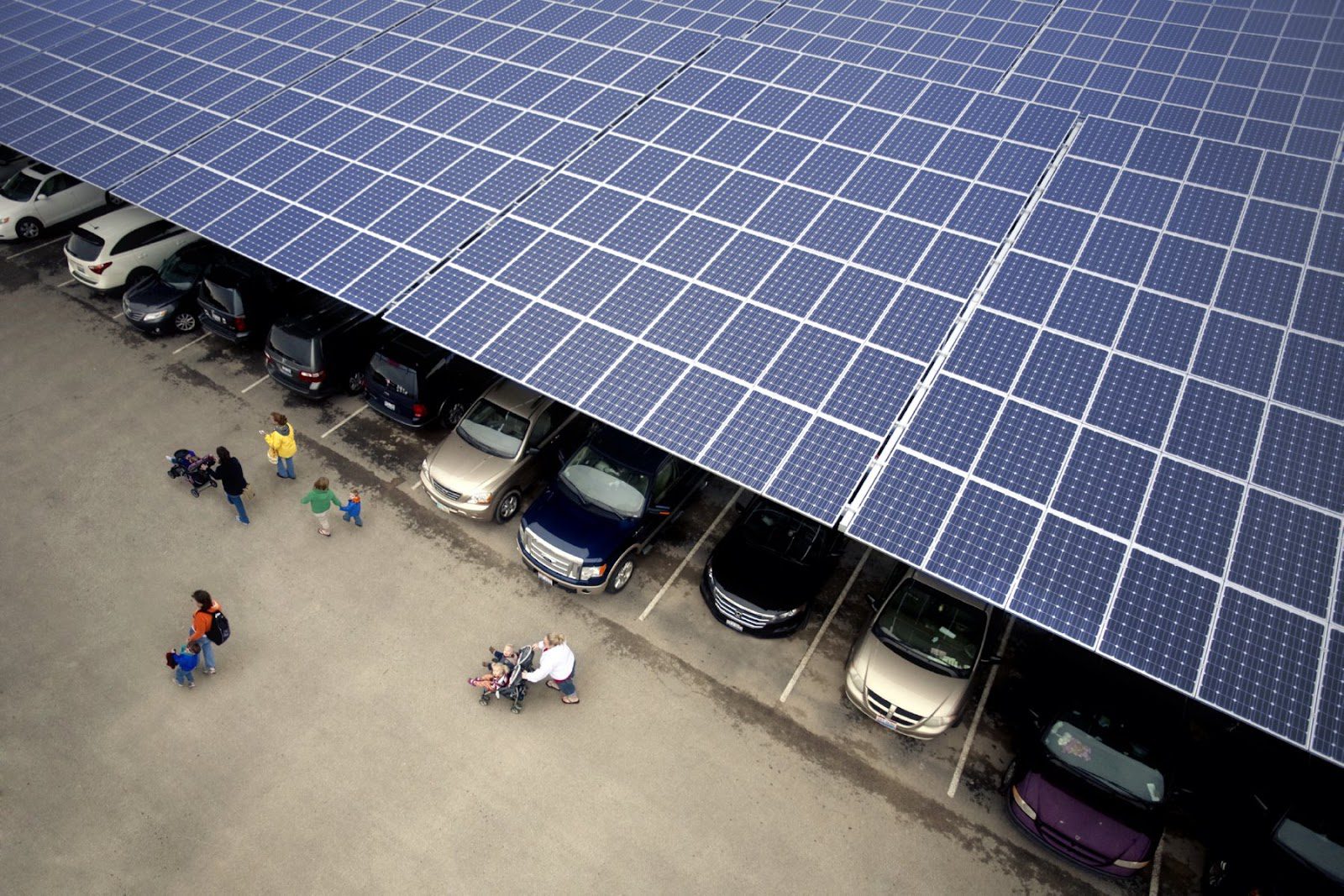
Much like other large organizations in the United States, the Cincinnati Zoo and Botanical Garden has used less trafficked areas, like the roof of a parking garage, to install solar panels and increase the zoo’s self-sufficiency.
As their clean energy and climate initiatives grow, so do their wildlife conservation efforts.
This year, the zoo has announced the launch of their Elephant Trek, a new, 50 million dollar landscaping investment that replicates the now-endangered Asian Elephants’ natural environments. The 5-acre landscape will be home to a multigenerational herd of Asian Elephants, whose worldwide population has dwindled to between 30,000 and 50,000 as of 2021. The new building will be nearly five times the size of the elephants’ current roaming space and include a 22,000 square foot Elephant Barn (a homage to the original that opened in 1906). 10,000 square feet will include room for “elephants to congregate, socialize, exercise, and create strong family ties,” according to the zoo.
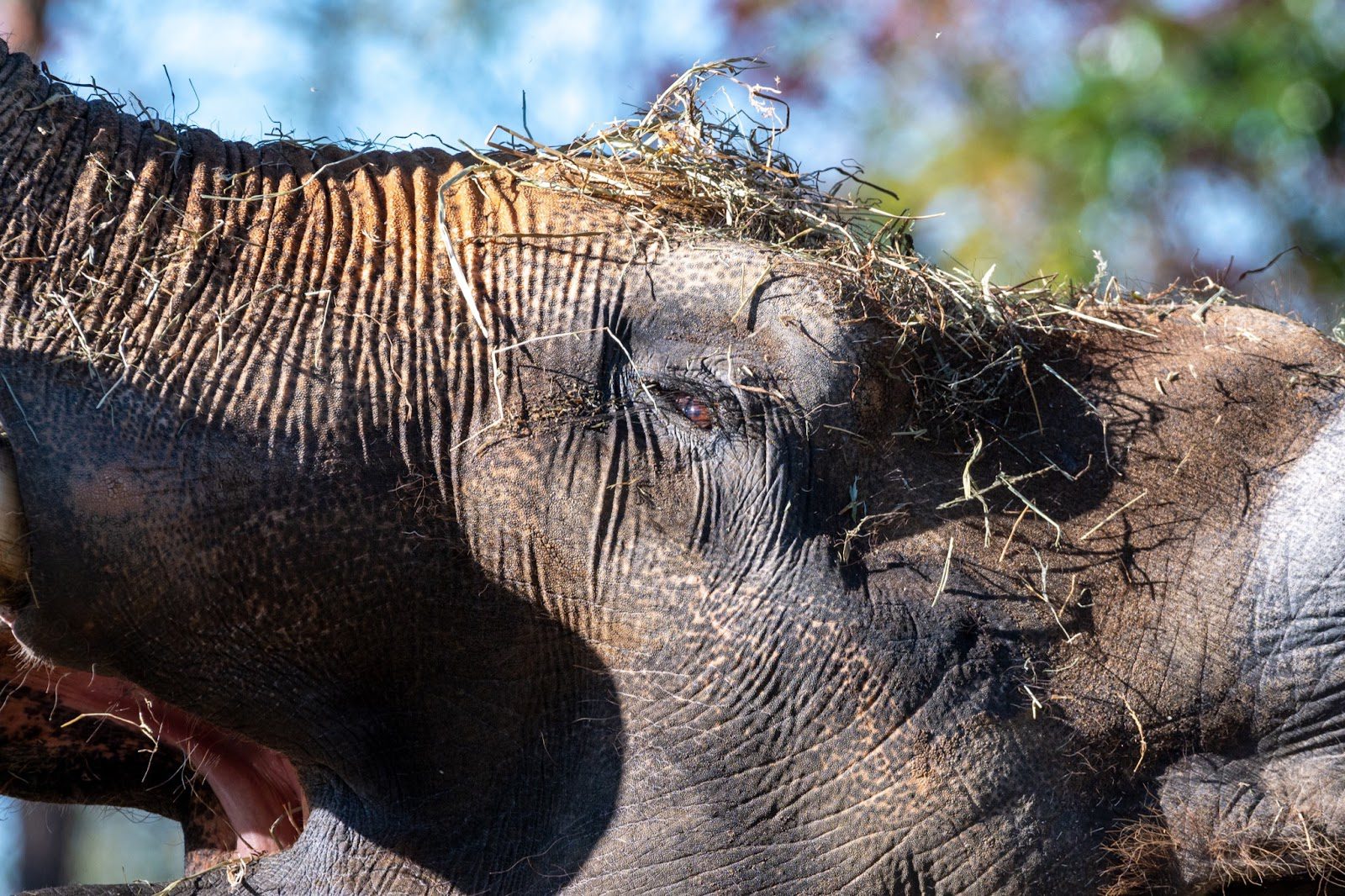
In addition to the $50M Elephant Trek build, the institution has allocated an additional $100 million for kangaroo valleys, African penguin reserves and improved visitor experience spaces.
Alongside a five-year plan for growth, Cincinnati Zoo and Botanical Garden are growing with its animals, and living up to its name — “The Greenest Zoo in America.”

